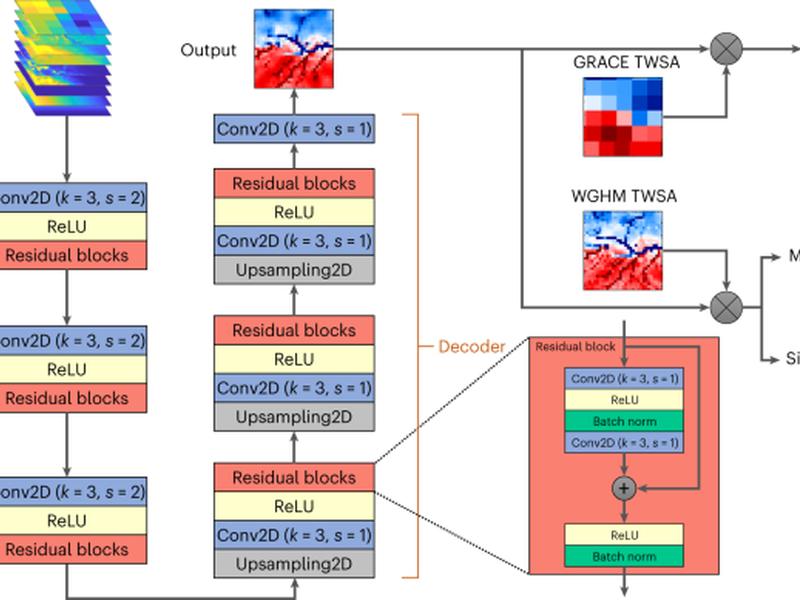This article discusses the potential use of deep learning models to improve the accuracy and timeliness of high-resolution terrestrial water storage anomaly (TWSA) monitoring. The authors suggest incorporating additional measurements and specific models to better model glaciers, as well as considering constraints based on the interactions between different forms of water. They also propose using online machine learning to update the model in a timely manner for applications that require higher temporal frequencies. This approach has the potential to benefit the geoscience community and society in fields such as hydrology, climate science, and hazard prediction.

